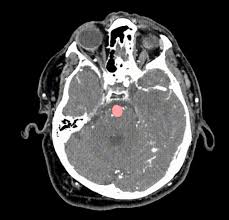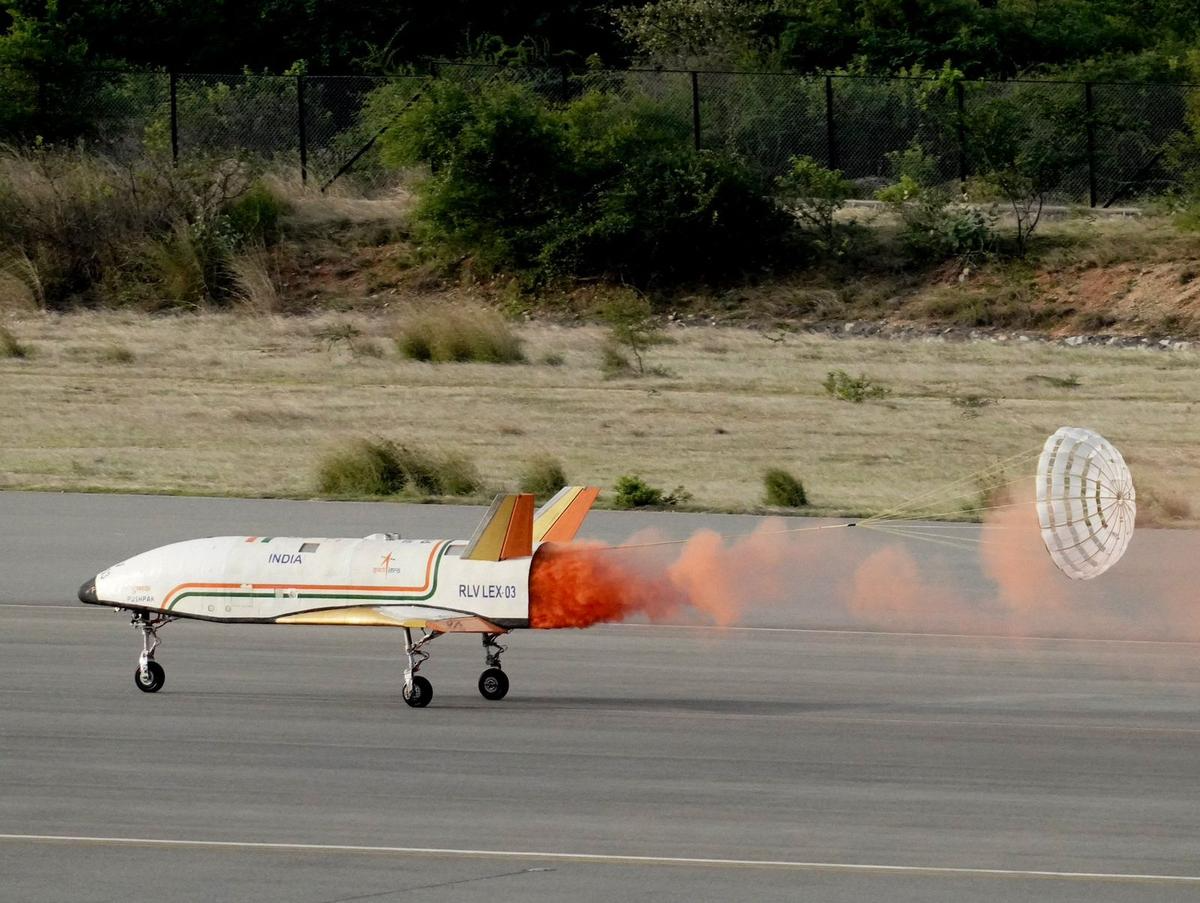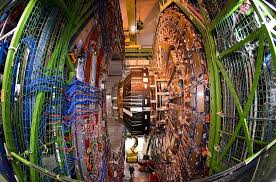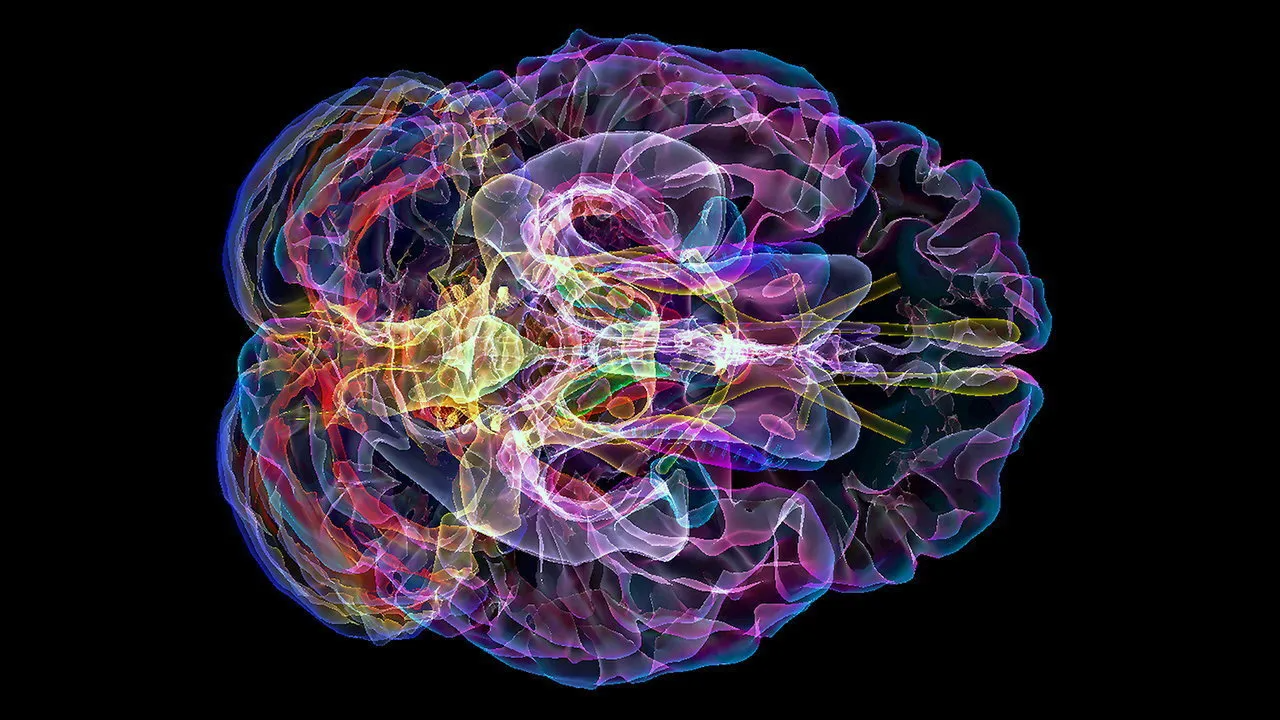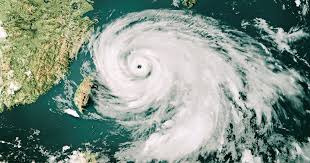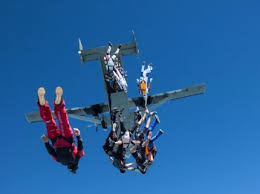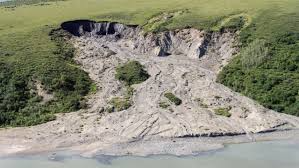
Climate Scientists Warn of Permafrost Meltdown Acceleration A Global Climate Alarm Bell Rings Louder
In a development that has raised urgent concerns among climate scientists, new research confirms that permafrost regions across the Arctic and sub Arctic are thawing at a pace far faster than previously predicted. These frozen layers of soil, long believed to be stable for centuries, are now breaking down under the influence of rapid global warming. The acceleration of permafrost meltdown threatens to release massive quantities of greenhouse gases into the atmosphere, pushing the planet toward climate thresholds from which it may not easily recover.
Permafrost, which covers nearly 24% of the Earth’s surface in the Northern Hemisphere, contains vast amounts of organic material frozen for thousands of years. As global temperatures rise, these frozen soils begin to thaw, unleashing methane and carbon dioxide two potent greenhouse gases into the atmosphere. What has climate scientists particularly alarmed is that this process creates a feedback loop as more permafrost thaws, more greenhouse gases are released, which in turn causes further warming, leading to even more thawing. This self reinforcing cycle, once it reaches a critical tipping point, could continue even if human made emissions are reduced.
Recent field studies in Siberia, Alaska, and Canada have shown a significant uptick in ground temperature in permafrost zones. In some areas of Eastern Siberia, the ground that was once frozen year round is now recording above zero temperatures even during winter months. Satellite imaging has revealed visible terrain changes, including thermokarst formations, where the land collapses due to melting ice beneath the surface. These features are growing in size and frequency, reshaping entire landscapes and destabilizing local ecosystems and infrastructure. In places like the Yamal Peninsula and Nunavut, communities are already witnessing roads cracking, buildings sinking, and pipelines buckling.
The melting permafrost is not just a geological or environmental issue it’s an atmospheric one. New models suggest that permafrost thawing could release up to 150 billion tons of carbon into the atmosphere by 2100 if emissions remain unchecked. This would be equivalent to decades of current global emissions, undermining all efforts to limit warming below the 1.5°C or even 2°C thresholds set by the Paris Climate Agreement. Even more troubling is the high proportion of methane released in waterlogged areas. Methane is over 25 times more potent than carbon dioxide at trapping heat over a 100 year period, and once it's in the atmosphere, its effects are immediate and intense.
Adding to the concern is the unpredictability of the permafrost's behavior. Unlike glaciers, which melt in predictable patterns, permafrost can thaw unevenly and suddenly. Known as "abrupt thaw," this phenomenon sees large chunks of ice rich soil collapsing in a matter of days or weeks, releasing sudden bursts of greenhouse gases and radically altering the surface. In Alaska, permafrost thaw has triggered landslides and released ancient microbial life, including dormant viruses and bacteria, some of which could pose risks to human and animal health. In 2016, a well known outbreak of anthrax in Siberia was linked to thawing reindeer carcasses, buried for over 70 years.
What makes the situation even more critical is that most climate prediction models still underestimate or completely exclude the effects of permafrost emissions. Scientists warn that if these emissions are not integrated into global climate strategies and carbon budgeting, humanity could be blindsided by a surge in warming that was never fully accounted for. This oversight could lead to a scenario where mitigation efforts such as reforestation or reduced industrial output are effectively neutralized by permafrost feedbacks. In other words, even if we do everything else right, neglecting permafrost could still push us past the climate cliff.
Governments and research institutions are beginning to respond. International cooperation is emerging in the form of Arctic observation networks, with permanent monitoring stations being established across vulnerable zones. Scientists are now using a combination of ground sensors, drones, and satellite data to monitor temperature, moisture, and gas emissions from the permafrost layer. The goal is to create a real time alert system that can detect dangerous thaw events before they spiral. In tandem, indigenous communities are also being engaged to offer critical on the ground insights, having observed changes in land and wildlife long before the instruments did.
While mitigation remains the global priority, adaptation is becoming an unavoidable necessity. Arctic nations are starting to retrofit buildings with deeper foundations, construct elevated roadways, and re engineer sewage and utility systems to withstand unstable ground. There is also rising interest in geoengineering methods, such as re freezing thawing ground using reflectors or insulation, although these techniques are still experimental and costly. Some researchers are exploring natural solutions, such as rewilding efforts restoring herds of animals like bison or reindeer to trample down snow and keep the soil cooler in winter, potentially slowing thaw rates.
In conclusion, the rapid acceleration of permafrost meltdown is no longer a future concern it is a present crisis with cascading effects on climate, ecosystems, and human life. Scientists stress that time is running out not just to cut emissions, but to adapt to an emerging reality where Earth’s own frozen vaults are turning against us. The fate of the Arctic, and possibly the entire planet, depends on how quickly the world can act not just in words, but in coordinated, science backed policy and urgent global cooperation.
Related Post
Popular News
Subscribe To Our Newsletter
No spam, notifications only about new products, updates.

